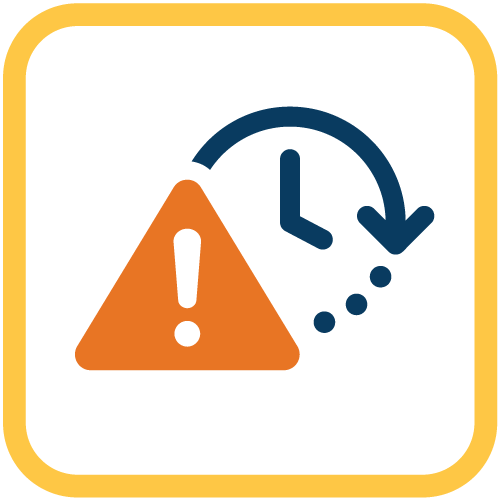Notification
How will you be notified about an emergency? Talk with your local emergency manager to find out what options are available and determine which ones are best for you.
Find your local emergency manager by visiting Homeland Security and Emergency Management.
Important Information
Complete your Personal and Emergency Contacts and Medical Information pages.
ICE: In Case of an Emergency
First responders need to be able to access your emergency contacts.
Prepare Your Evacuation and Shelter-in-place Plan
Use the Evacuation and Shelter-in-place checklist to identify your specific needs. Include transportation options, PCA support, sign language interpreters, medical equipment, accessible shelters, contact information, etc.
Talk with Your Neighbors
You may need to rely on those closest to you during an emergency. Develop a network of people who can assist you should an emergency occur. And remember that developing a network is a two-way street. As you identify what others can do for you, consider what you can do for others.
Plan and Practice
Determine how you will exit or escape from your home in an emergency. Practice your exit plan to become familiar with each step.
Protect Your Plan
Store your Plan of Action and related materials in a waterproof container, sealed plastic bag, or online. Be sure family members and caregivers know about the Plan and where it is stored or provide family members and caregivers with a copy of the Plan. Keep a copy of the Plan in your Evacuation and Shelter-in-Place bag.
Reunification
You may need to evacuate at a time when your family is separated – children may be in school, one parent at work, etc. Note: It is critical to have a pre-established meeting point for family to reunite if cell phone service is unavailable and you can’t return home. Choose a church, library, family friend’s home, or any other location near your neighborhood but not in your neighborhood.

